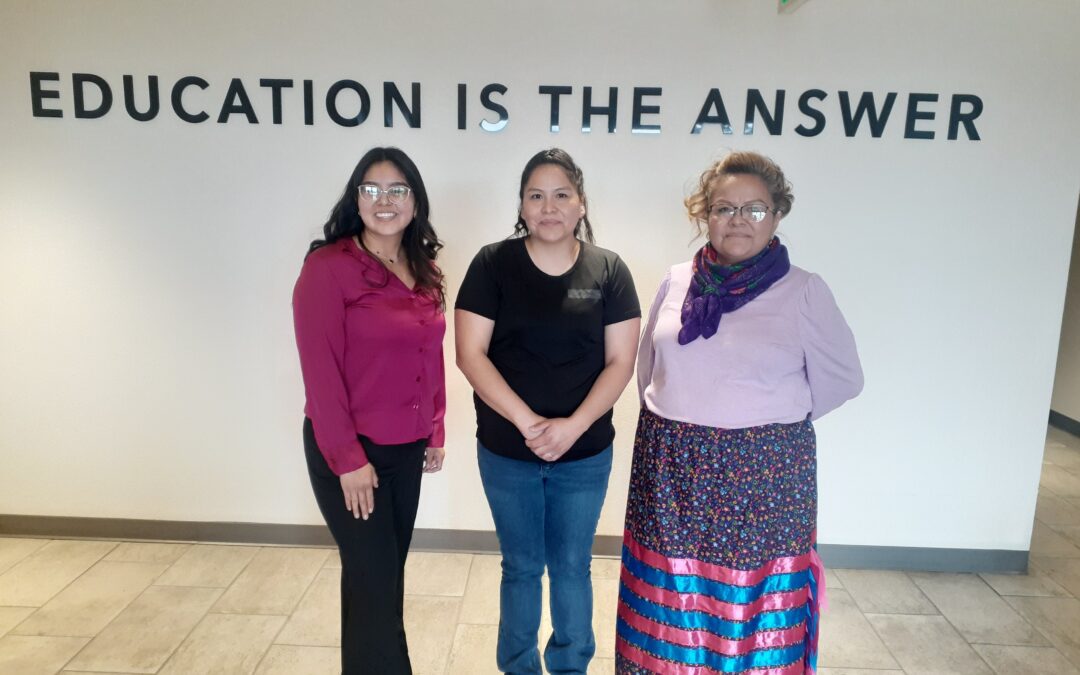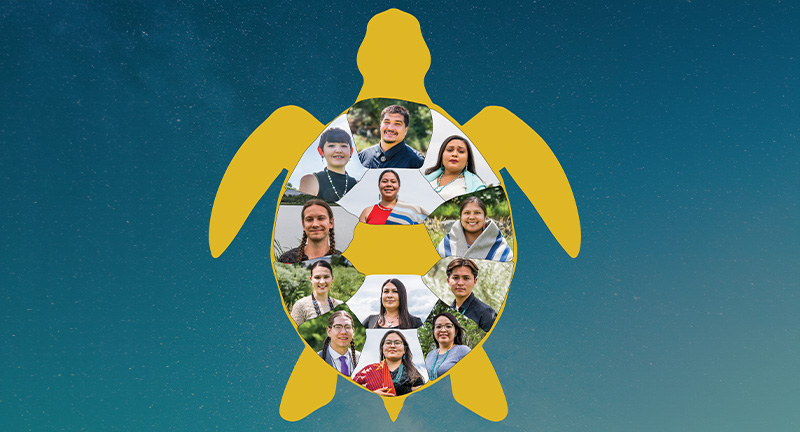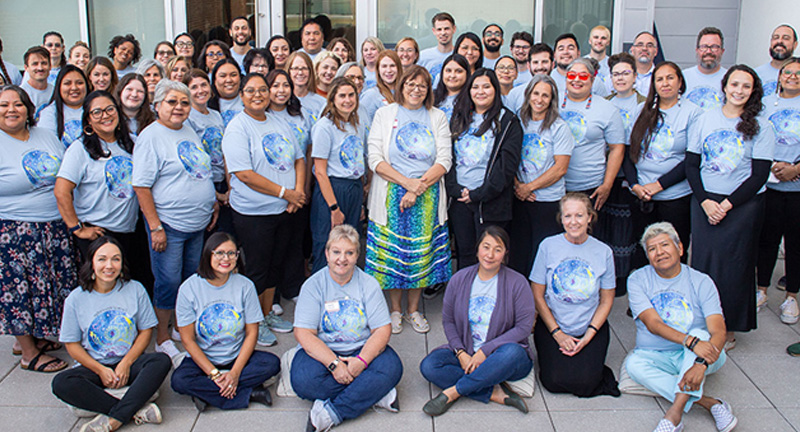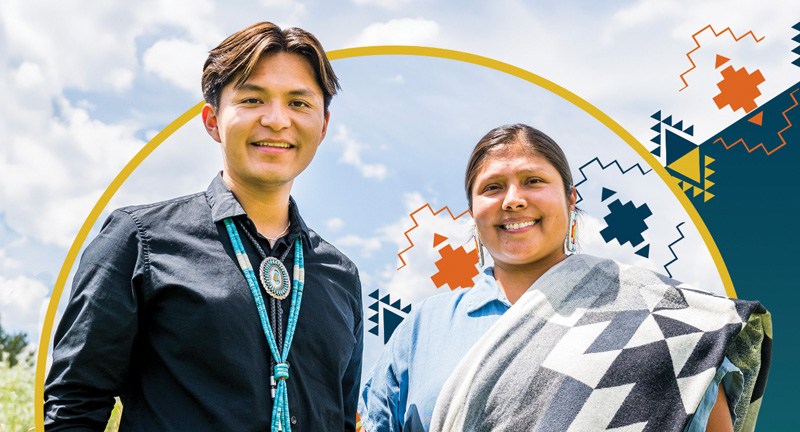A plethora of indigenous peoples and traditionally utilitarian and aesthetically captivating objects provokes inspiration for artists and is full of rainbow colors illuminating in the radiating summer sun.
André Gide said, “Art is collaboration between [creator] and the artist, and the less the artist does the better.” Creating art is my main focus on my earth walk at this time. I certainly feel amazed and ponder “Who created this?” when I finish a piece of art that is beyond what I felt capable of on my own.
Inspiration can come from international folkway festivals, a gathering to feast, dance, and celebrate goodness! Festivals are bountiful in summer. Recently I was basking in unison with other indigenous people while they were displaying their talent in the form of baskets, jewelry, textiles, pottery, clothing, and many other artistic wares. As I was observing the many different pieces of art they had created, I noticed the art represented was carried on through many lineages, served as a decoration, and provided a use which is reflective of indigenous art.
I personally prefer art that is multi-artistic, as in something I can experience an altered state from viewing, using to decorate myself, or carry fresh picked garden vegetables. Perhaps this is why I have an enormous collection of shiny things and textile art.
Admiring the unique patterns of baskets, which always amplify my spirit, I noticed the similarities of different cultures, including the North American peoples. Designs that convey nature, animals, or geometric symbols were common.
Aside from being magnetically drawn to basketry and multi-faceted designs of jewelry, I was mostly drawn to the art pieces that had vibrant colors. Bright orange, purple, green, yellow and red were the motifs of many of the countries represented. This recognition led me to thinking how patterns, and color combined with a design encompass beauty. Perhaps that is why adorning shiny things and the must-have piece of clothing create a feeling of invincibility.
I reflected on the significance of the international art marketplace created by artists who had traveled across oceans to be a part of this event. I was told by an artist from Africa that the sales of his art would feed his village for a year. Imagine that! “Feed a village, buy more art!” is my idea for a bumper sticker. Perhaps this could also be a useful for economic recovery. In my opinion, that option would be more enjoyable than repaving roads.
Rounding out the festival was international music, which makes my feet, heart, and smile! Dancing is another form of prayer, especially when in tune to the rhythm of a drum, a string instrument, a wind instrument, any utensil tapping on a surface, and the voice of an angel. Even if you don’t consider yourself to be musically talented, anyone can create music by beating your dinner fork against a glass. Go ahead, give it a ting! Even without lyrics or dancing, music is a media that can invoke soul-stirring emotions.
When I rise in the morning, I often hear a bird choir which inspires me to tune in and meditate to my own heart song. Sometimes I ask the birds for a spiritual message or interpret what prayer their chirps mean. Usually when I discover a feather gifted by one of them, I think of the beauty and what artistic use it may be put to.
All of the music and dancing at this particular festival made me hungry. Spicy meats grilled over an open fire topped with cool, creamy sauces, crisp veggies, and a frozen sweet- and sour-coconut- pineapple drink gave my taste buds a reason to dance.
Indigenous people know that color, shapes, art, music, prayer, delicious and nutritious food, topped off by your favorite people, can be experienced anywhere and anytime, and at a festival it is shared amongst many cultures.








